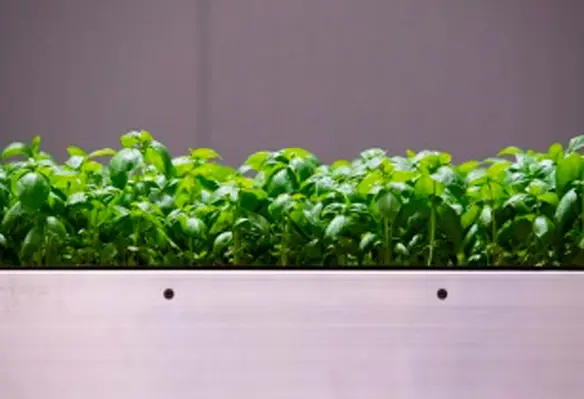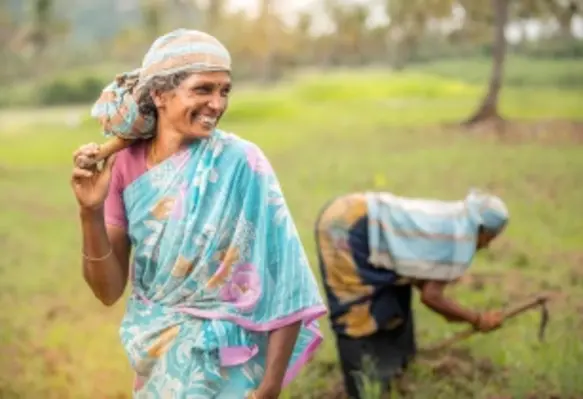nurture.farm, a digital platform for sustainable agriculture, has become the first company to successfully generate and forward sell agricultural-related carbon credits in India
Crops
Clariant’s innovation shift to glufosinate herbicides
Clariant, a sustainable specialty chemical company offers the support of ADJUWEX, a new high-performing set of tested products to tailor-make effective glufosinate formulations for local circumstances and needs
Future Crops announces new investment round, led by Tencent

The agri-tech vertical farm system aims to reshape agriculture to sustain growing populations with high-yield crops. (Image source: Future Crops)
Future Crops, an advanced agriculture sciences company that developed advanced vertical farming from cutting-edge technology, has recently announced a new investment round led by Tencent, a Chinese multinational technology conglomerate
BASF, Syngenta and Arisa to address labour standards in the Indian vegetable seeds sector

28 villages and approximately 500 suppliers in the Indian states of Maharashtra and Karnataka to benefit from the programme. (Image source: Adobe Stock)
BASF, a German chemical company, Syngenta, an agricultural science and technology provider and Arisa an independent NGO, have joined hands to address child labour issues and strive for minimum wage compliance in the vegetable seed sector in India
CP Foods to pursue green ideas for sustainability and reduced emissions
Charoen Pokphand Foods Public Company Limited (CP Foods), an agro-industrial and food conglomerate from Thailand recently announced that it plans to pursue ‘green’ business initiatives under the Bio Circular Green Economy (BCG) model




